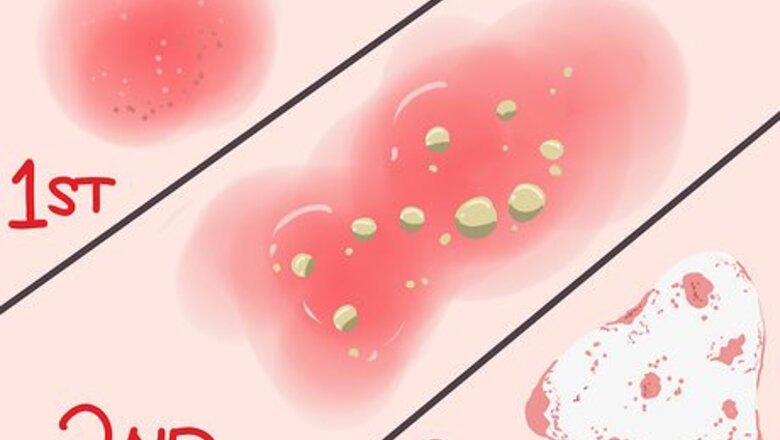
views
- If you have a first-degree or mild second-degree burn, run cool water over it for at least 10 minutes to help relieve the pain and swelling.
- Once you start to feel better, gently pat the burn dry with a clean towel and coat the area with aloe or petroleum jelly.
- Go to the emergency room if the burn looks thick, leathery, charred, or white.
Treating the Burn Yourself
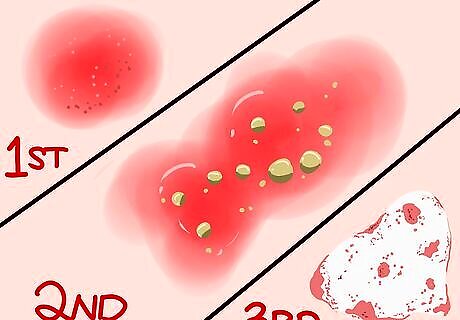
Treat the burn if its first- or second-degree. There are three degrees of burns, classified by severity (as in, how deep the burn goes under the skin). First-degree burns are superficial skin burns that are dry, red, and usually do not blister. Mild sunburns are examples of first-degree burns, and these can be treated at home. Second-degree burns are more severe than first degree, penetrating past the first layer of skin. These burns are red, blistered, swollen, and usually painful. Some second-degree burns can be treated at home—for example, a severe sunburn from a day at the beach. Third-degree burns are much more severe than second degree burns, destroying the first layer of skin and most of the layers underneath. These burns are white and charred. Nearly all third-degree burns must be treated by a medical professional.
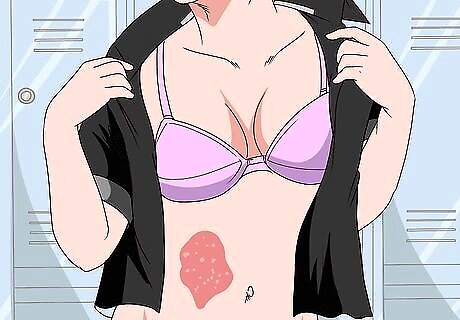
Remove clothing on or around the burn. Start by removing any clothing or jewelry on or around the burn carefully. A burn can start to swell immediately, so the faster you treat it, the better.
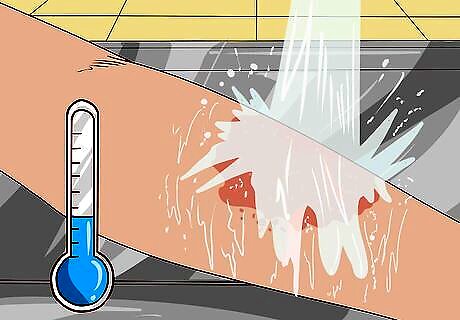
Run cool water over a first-degree burn for about 10 minutes. Make sure the water is cool, not cold! Cool water will help reduce swelling and any pain. If you’re trying to conserve water, dampen a hand towel with cool water and compress the burn for about 10 minutes instead. For second-degree burns, keep cooling the burn until the pain and swelling goes down. This may take more than 10 minutes.
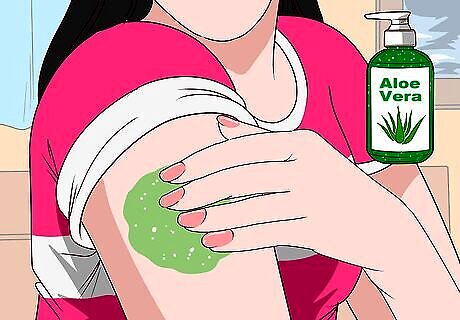
Apply aloe after drying burn. Use petroleum jelly immediately after patting the burn dry to help heal the top skin layer. You can also use aloe vera instead of petroleum jelly, so long as you keep reapplying either until the redness fades.
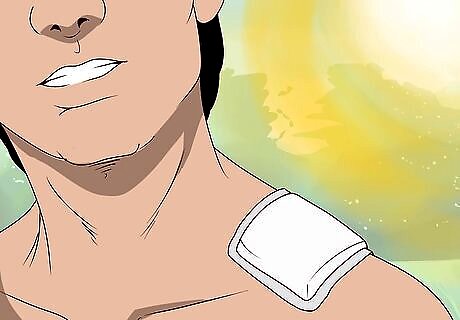
Keep your burn out of the sun. Use a clean adhesive bandage to cover the burn when you go outside. This will prevent more damage to your skin, and help the burn heal faster.
Seeking Medical Attention
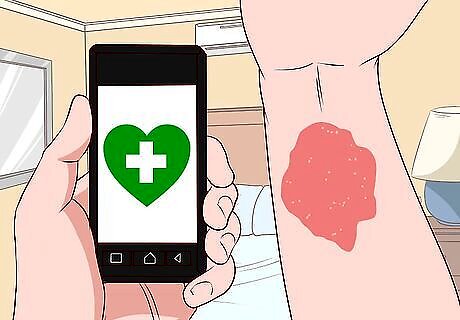
Find medical attention immediately for a severe burn. If the burn is thick, leathery, or your skin chars white, you most likely have a severe second- or third-degree burn. Make sure to head to the nearest emergency medical facility immediately, or call your local emergency providers.

Seek medical attention if the burn does not fade. If you’ve been treating it for two weeks and it doesn’t fade, your burn might be more severe than you originally thought.
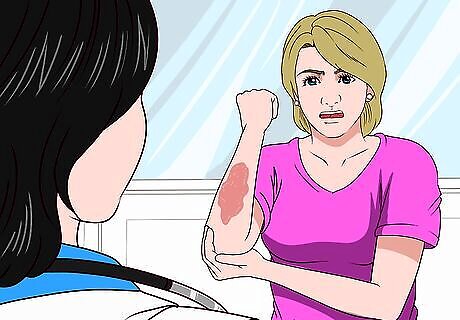
Go to the doctor if your burn causes additional symptoms. If you experience symptoms such as increased pain, increased redness, trouble breathing, or the burn begins to ooze, these could be signs that your burn is more severe than a first-degree burn.


















Comments
0 comment